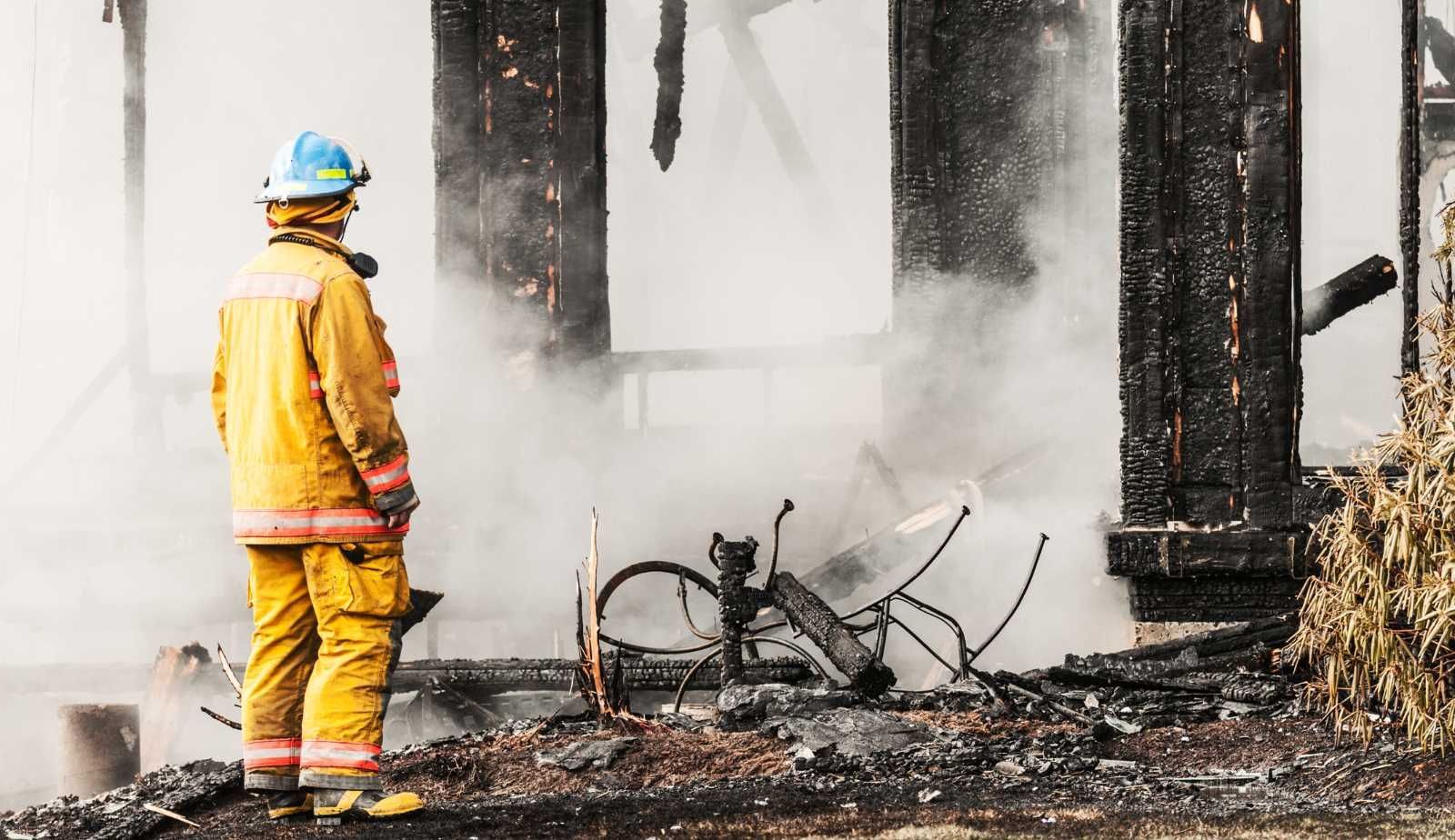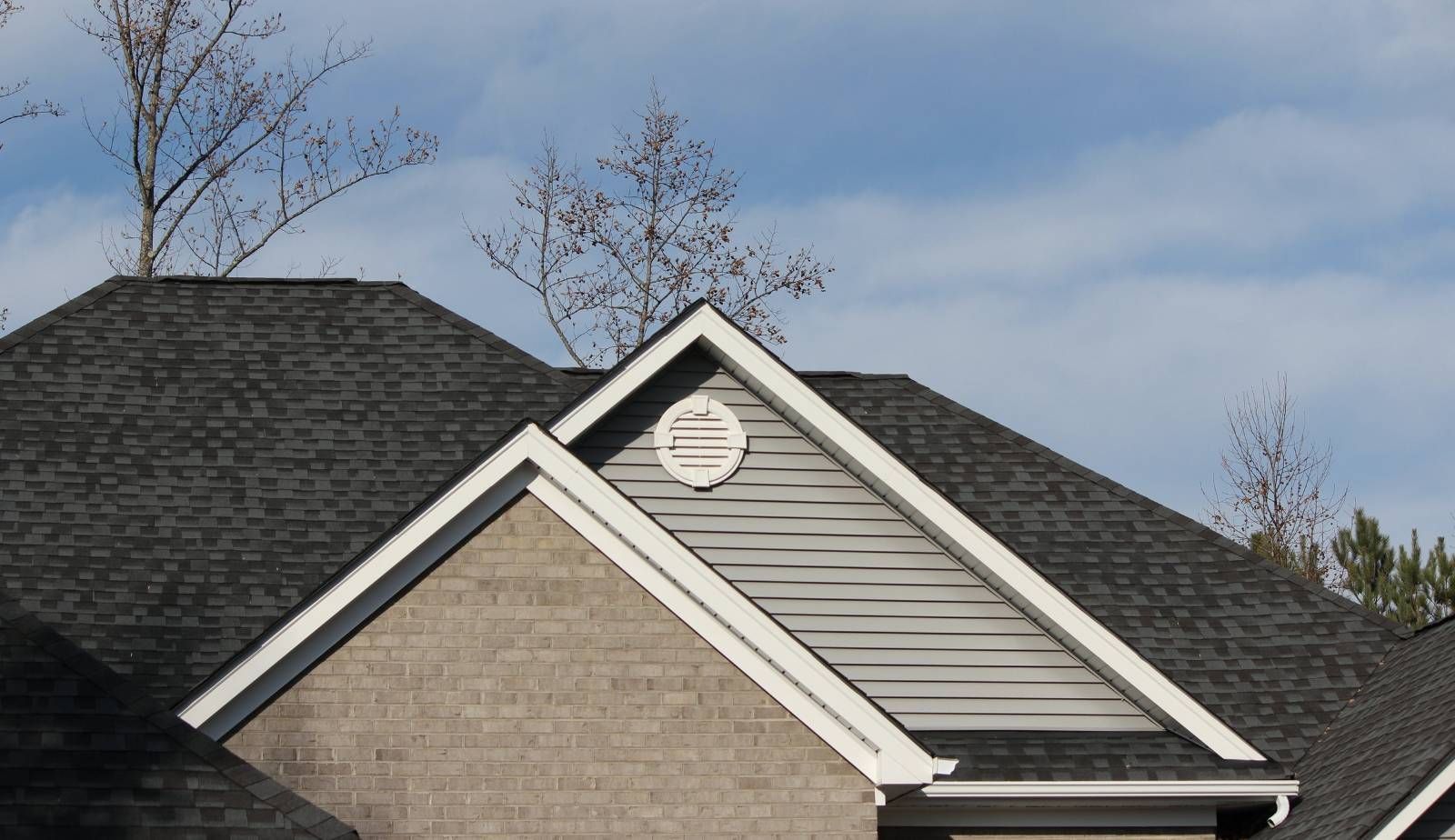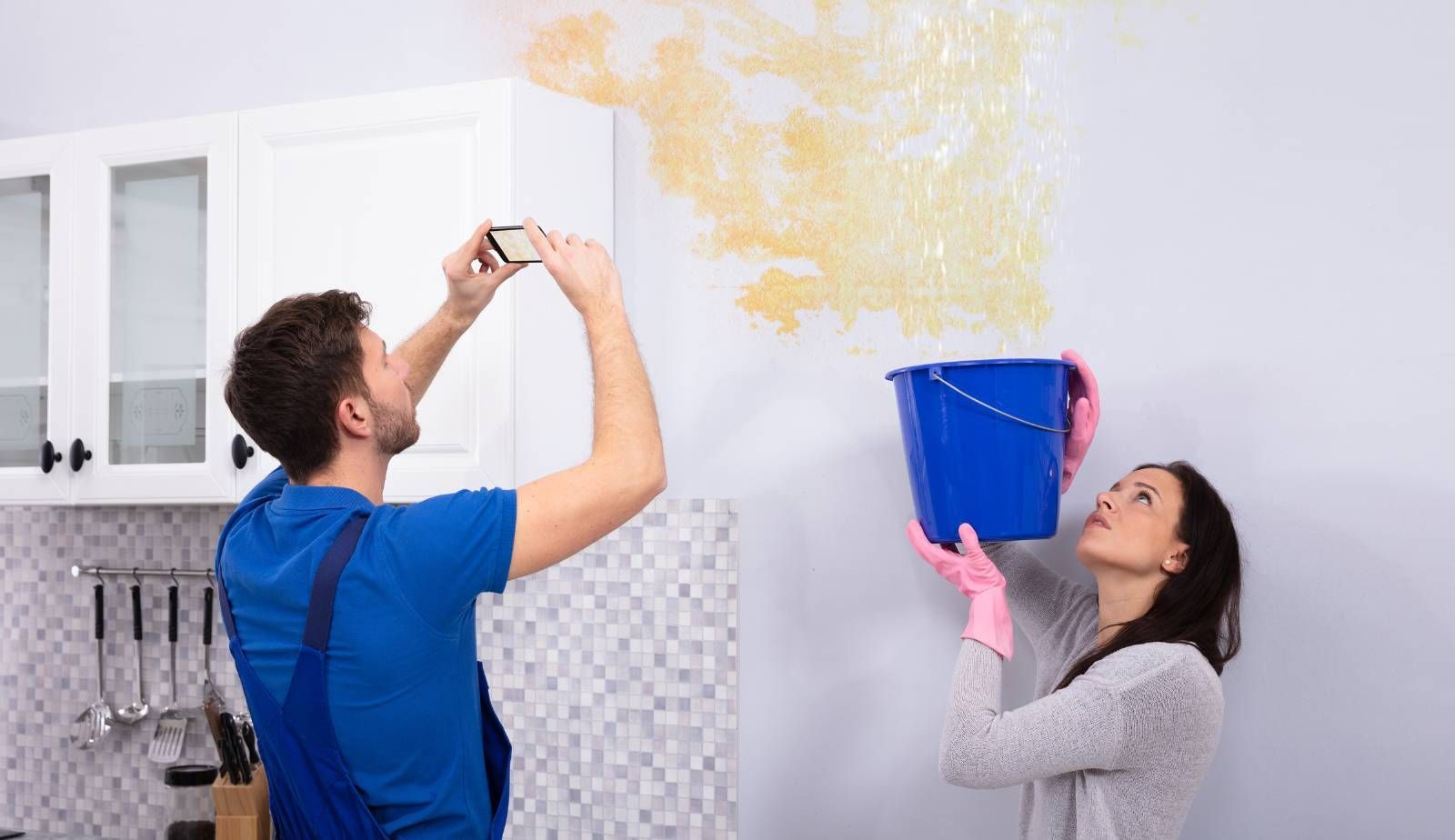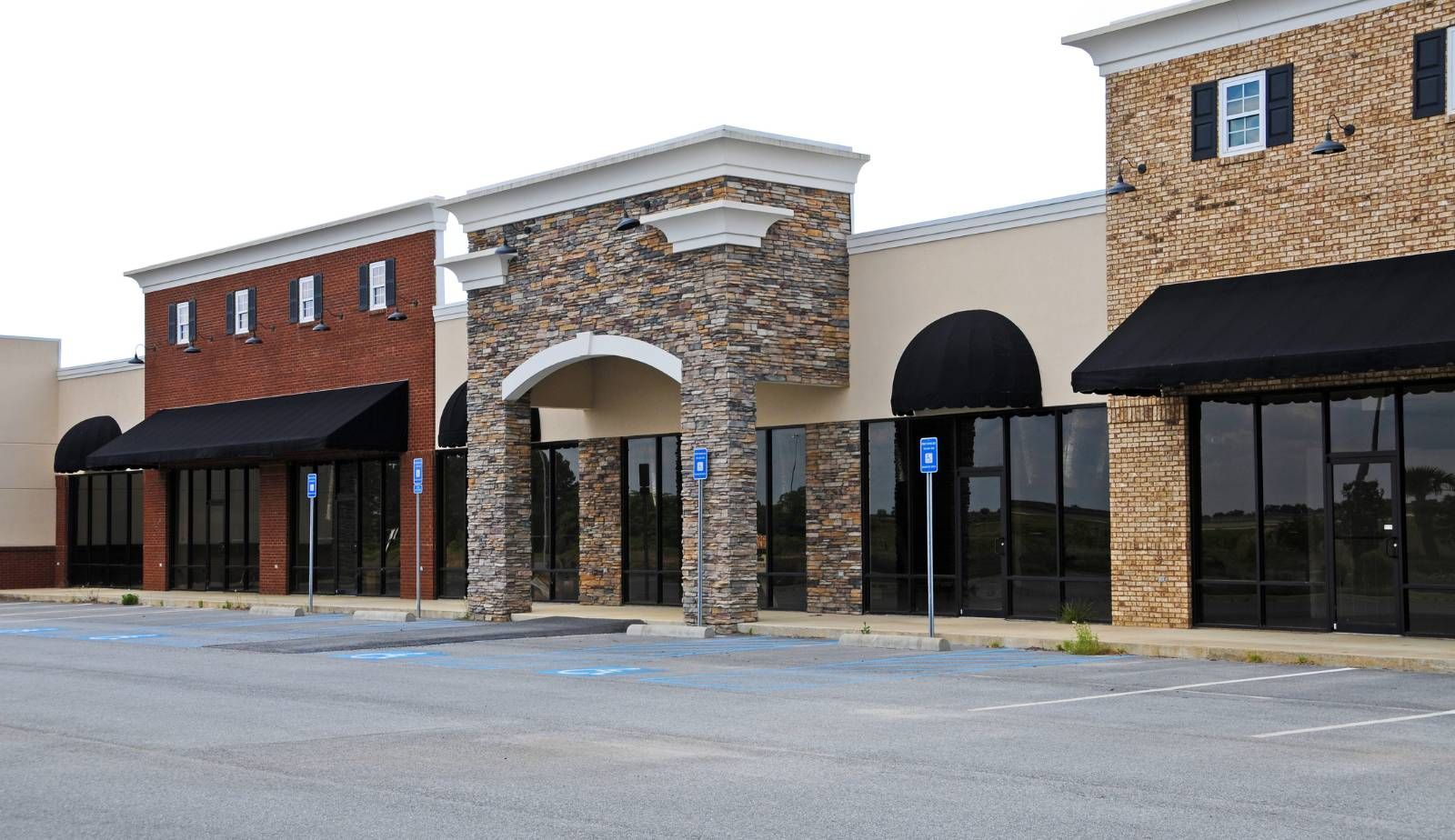The Hidden Costs of Fire Damage Restoration: Uncovering Less Obvious Expenses
Fire damage restoration is a complex process that involves more than just repairing the damaged property. Homeowners who have experienced a fire know that the costs of restoration go beyond the visible damage. In fact, there are many hidden costs associated with fire damage restoration that can add up quickly and catch homeowners off guard.
One of the most significant hidden costs of fire damage restoration is temporary relocation. Depending on the extent of the damage, homeowners may need to relocate temporarily while their home is being restored. This can involve additional expenses such as hotel costs, rental fees, and eating out. These expenses can quickly add up and become a significant financial burden for homeowners who are already dealing with the stress of a fire.
Another hidden cost of fire damage restoration is lost items that are not covered by insurance. While insurance policies typically cover the cost of damaged property, there are often items that are not covered, such as family heirlooms, antiques, and other sentimental items. Losing these items can be emotionally devastating for homeowners and can add to the overall cost of restoration.
Key Takeaways
- Fire damage restoration involves hidden costs beyond visible damage.
- Temporary relocation and lost items not covered by insurance are common hidden costs of restoration.
- Homeowners should be aware of these hidden costs and plan accordingly.

Understanding Fire Damage Restoration
Fire damage restoration is the process of repairing and restoring a property that has been damaged by fire. It involves various stages, such as damage assessment, cleaning, repair, and reconstruction. The type of damage caused by the fire can vary, and it can include smoke damage, water damage, and soot removal.
The restoration process begins with a thorough assessment of the damage caused by the fire. This assessment helps to determine the extent of the damage and the type of restoration needed. Smoke damage is one of the most common types of damage caused by a fire. Smoke can penetrate walls, ceilings, and floors, leaving behind a strong odor and discoloration. Water damage is also common, as water is often used to extinguish the fire. This can cause further damage to the property, including mold growth and structural damage. Soot removal is another important aspect of fire damage restoration. Soot is a black, powdery substance that is left behind after a fire. It can be difficult to remove and can cause health problems if not properly cleaned. Professional restoration companies have the necessary equipment and expertise to safely and effectively remove soot.
In addition to the obvious costs of fire damage restoration, there are also hidden costs that can add up quickly. Temporary relocation costs, for example, can be significant if the property is uninhabitable during the restoration process. Lost items not covered by insurance can also be costly, as can long-term property devaluation.
Fire damage restoration is a complex and time-consuming process that requires the expertise of trained professionals. It is important to choose a reputable restoration company with experience in dealing with fire damage to ensure that the restoration is done properly and efficiently.
Assessing the Extent of Damage
After a fire, it is essential to assess the extent of the damage to determine the necessary steps for restoration. The assessment process involves evaluating the types of damage, the impact on structural integrity, and the evaluation of personal property loss.
Types of Fire Damage
There are different types of fire damage, including smoke and soot damage, structural damage, and chemical damage. Smoke and soot damage are the most common types of damage that occur after a fire. Smoke can penetrate walls, ceilings, and floors, leaving behind a strong odor that is difficult to remove. Soot can also cause discoloration and damage to surfaces. Structural damage can occur due to the heat of the fire, and chemical damage can occur due to the chemicals used to extinguish the fire.
Impact on Structural Integrity
A house fire can have a significant impact on the structural integrity of a property. The heat from the fire can weaken the structure, causing it to become unstable. In some cases, the roof may need to be replaced, and structural repairs may be necessary.
Evaluating Personal Property Loss
In addition to structural damage, personal property loss is also a concern after a fire. Items that are not covered by insurance, such as sentimental items, can be lost forever. Damaged item removal is also an expense that is often overlooked. It is essential to evaluate personal property loss to determine the full extent of the damage and the costs involved in restoration.
Assessing the extent of fire damage is crucial to determine the necessary steps for restoration. The assessment process involves evaluating the types of damage, the impact on structural integrity, and the evaluation of personal property loss. By understanding the extent of the damage, homeowners can make informed decisions about repairs and budgeting.

Hidden Costs of Restoration
Fire damage restoration involves more than just repairing the visible damage caused by the fire. There are several hidden costs associated with the restoration process that homeowners may not be aware of. In this section, we will explore some of the less obvious expenses involved in fire damage restoration.
Temporary Relocation Expenses
In some cases, homeowners may need to temporarily relocate while their home is being restored. This can add to the overall cost of restoration. Depending on the length of the restoration process, homeowners may need to pay for temporary housing, meals, and other living expenses. These expenses can quickly add up, especially for families with children or pets.
Long-Term Property Devaluation
Fire damage can cause long-term property devaluation. Even after the restoration process is complete, the value of the property may be lower than it was before the fire. This can make it difficult to sell the property in the future. Homeowners may need to invest in upgrades and renovations to increase the value of the property.
Cleaning and Deodorizing
Cleaning and deodorizing are essential parts of the restoration process. Smoke and soot damage can be difficult to remove, and homeowners may need to hire professionals to clean their home. This can be expensive, especially if duct cleaning, thermal fogging, or ozone treatment is required.
Hidden Structural Repairs
Fire damage can also cause hidden structural damage that may not be visible to the naked eye. This can include damage to the roof, walls, and foundation of the home. Homeowners may need to hire professionals to assess the extent of the damage and make the necessary repairs. This can be costly, especially if extensive repairs are required.
Upgrades and Code Compliance
Homeowners may need to make upgrades to their home to comply with local building codes. This can include installing new smoke detectors, upgrading electrical systems, and making other safety improvements. These upgrades can add to the overall cost of restoration.
Homeowners should be aware of the hidden costs associated with fire damage restoration. Temporary relocation costs, long-term property devaluation, cleaning and deodorizing, hidden structural repairs, and upgrades and code compliance are all factors that can add to the overall cost of restoration. Homeowners should work with their insurance company and restoration professionals to develop a comprehensive plan that addresses all of these factors.

Insurance and Out-of-Pocket Expenses
Understanding Insurance Coverage
When it comes to fire damage repair, insurance coverage is a major factor in determining the overall cost of restoration. Homeowners insurance typically covers fire damage restoration costs, but the extent of coverage can vary widely depending on the policy. It is important to carefully review the policy to understand what is covered and what is not.
Some policies may cover only the cost of repairs, while others may also cover the cost of temporary relocation, lost items, and other expenses. Homeowners should also be aware that insurance claims can take time to process, which can delay the start of restoration work.
Calculating Out-of-Pocket Costs
Even with insurance coverage, homeowners may still face out-of-pocket expenses when it comes to fire damage restoration. The national average cost to rebuild a house after a fire is $350,000, according to Forbes. However, the cost can vary widely depending on the extent of the damage and the location of the property.
In addition to the cost of repairs, homeowners may also face other expenses, such as the cost of temporary relocation, lost items not covered by insurance, and long-term property devaluation. It is important for homeowners to carefully calculate these expenses to understand the full cost of restoration.
Homeowners can reduce out-of-pocket expenses by choosing a reputable restoration company that is experienced in working with insurance companies. These companies can help homeowners navigate the insurance claims process and ensure that all covered expenses are accounted for.
Understanding insurance coverage and calculating out-of-pocket expenses are key to managing the cost of fire damage restoration. Homeowners should carefully review their insurance policy, work with a reputable restoration company, and carefully calculate all expenses to ensure a successful restoration process.
Choosing a Restoration Company
When it comes to choosing a restoration company for fire damage restoration, there are a few key factors to consider. It is important to compare services and costs, as well as evaluate company credentials, to ensure that the chosen company is reputable and trustworthy.
Comparing Services and Costs
When comparing restoration services, it is important to consider the specific services offered by each company. Some companies may offer flat rate pricing, while others may charge by the hour or by the job. It is important to understand the pricing structure of each company and compare the costs of their services.
It's also important to consider the quality of the services offered. Look for a restoration company that specializes in fire restoration services, as well as water damage restoration and smoke damage cleanup. A company that offers a range of restoration services will be better equipped to handle any unforeseen issues that may arise during the restoration process.
Evaluating Company Credentials
When evaluating a restoration company, it is important to consider their credentials. Look for a company that is licensed, insured, and certified by reputable organizations. A reputable company will also have positive reviews and references from previous customers.
In addition to credentials, it is important to consider the experience and expertise of the company. Look for a company that has experience in fire damage restoration and has a proven track record of success. A company that has been in business for several years and has a team of experienced fire restoration contractors will be better equipped to handle any restoration project.
Choosing a reputable fire damage restoration company is essential to ensure that the restoration process is completed efficiently and effectively. By comparing services and costs and evaluating company credentials, homeowners can make an informed decision when choosing a restoration company.

Factors Influencing Restoration Costs
Fire damage restoration costs can vary widely depending on several factors. Homeowners should be aware of the following factors that can influence the cost of restoration.
Size and Accessibility of Property
The size and accessibility of the property are important factors that can affect the cost of fire damage restoration. Larger properties may require more materials and labor, which can increase the cost of restoration. Additionally, if the property is difficult to access, such as in a remote location or on a steep hill, the cost of restoration may increase due to the additional time and effort required to transport materials and equipment.
Severity and Type of Fire Damage
The severity and type of fire damage are also important factors to consider. Small fires that are contained to one area of the property may be less expensive to restore than larger fires that have spread throughout the property. Additionally, different types of fire damage, such as smoke damage or water damage, may require specialized restoration techniques and equipment, which can increase the cost of restoration.
Cost of Materials and Labor
The cost of materials and labor is another important factor to consider when estimating the cost of fire damage restoration. The cost of materials, such as drywall, flooring, and paint, can vary depending on the quality of the materials used. Labor costs can also vary depending on the experience and expertise of the restoration team.
Homeowners should be aware that the cost of restoration may not be limited to the above factors. For example, some homeowners may need to temporarily relocate during the restoration process, which can add to the overall cost of restoration. Additionally, some items that are lost or damaged in the fire may not be covered by insurance, which can also add to the cost of restoration. Finally, long-term property devaluation due to fire damage may also be a hidden cost that homeowners should be aware of.
Homeowners should carefully consider all of the factors that can influence the cost of fire damage restoration and work with a reputable restoration team to develop an accurate estimate of the total cost of restoration.
Prevention and Mitigation
Installing Smoke Detectors and Fire Extinguishers
Prevention is the best way to avoid the costs and headaches associated with fire damage restoration. Installing smoke detectors and fire extinguishers can help detect and extinguish fires before they cause extensive damage. Smoke detectors should be installed on every level of a home or building, including the basement and attic. It is recommended to install both ionization and photoelectric smoke detectors, as each type is better at detecting different types of fires.
Fire extinguishers should also be placed in easily accessible locations throughout a home or building. It is important to choose the correct type of extinguisher for the type of fire that may occur. For example, a Class A extinguisher is suitable for fires involving ordinary combustibles such as wood, paper, or cloth, while a Class B extinguisher is used for fires involving flammable liquids or gases.
Regular Maintenance and Inspections
Regular maintenance and inspections can also help prevent fires and minimize damage if a fire does occur. This includes regular cleaning and maintenance of heating and cooling systems, as well as regular inspections of electrical systems. Duct cleaning and thermal fogging treatment can also help prevent fires by removing built-up debris and contaminants from air ducts.
It is also important to have a plan in place in case of a fire. This includes having a designated meeting place outside of the home or building, as well as knowing how to use fire extinguishers and having emergency contact information readily available.
By taking these preventative measures, individuals can minimize the risk of fire damage and avoid the associated costs of fire damage cleanup, smoke removal, furniture deodorizing, and deodorizing furniture.
Frequently Asked Questions
What are the potential hidden costs associated with debris removal after a house fire?
Debris removal is one of the most crucial steps in fire damage restoration. While most restoration companies include debris removal as part of their services, some may charge extra for the removal of large or hazardous debris. Additionally, some municipalities may require permits for debris removal, which can add to the overall cost.
Can temporary relocation expenses significantly impact the overall cost of fire damage restoration?
Temporary relocation expenses can add up quickly, especially if the homeowner needs to stay in a hotel or rent a temporary residence for an extended period. While some insurance policies may cover temporary relocation expenses, others may not. Homeowners should carefully review their policies to understand their coverage and plan accordingly.
How do lost personal items not covered by insurance affect fire damage restoration budgets?
Personal items lost in a fire can be devastating, both emotionally and financially. While insurance policies typically cover the cost of damaged or destroyed personal items, they may not cover the full value of the items. Additionally, some personal items, such as family heirlooms or sentimental items, may not be covered by insurance at all. Homeowners should consider the potential cost of replacing lost personal items when budgeting for fire damage restoration.
What is the impact of fire damage on long-term property value?
Fire damage can significantly impact the long-term value of a property. Even after restoration, a property may be stigmatized by the fact that it was damaged in a fire, making it more difficult to sell or rent. Additionally, properties that have been damaged by fire may require ongoing maintenance and repairs, which can further impact their value.
Are there any unexpected costs in smoke and soot remediation services?
Smoke and soot remediation services are often necessary after a fire, but they can be costly. Homeowners should be aware that some restoration companies may charge extra for specialized cleaning services, such as air duct cleaning or upholstery cleaning. Additionally, some restoration companies may use expensive equipment or specialized techniques that can add to the overall cost.
What factors influence the variance in fire restoration costs across different service providers?
The cost of fire restoration can vary widely between service providers. Factors that can influence the cost include the extent of the damage, the complexity of the restoration process, the quality of the materials used, and the level of expertise of the restoration team. Homeowners should carefully research potential restoration companies and compare quotes to ensure they are getting the best value for their money.
You might also like
DryMax Restoration Blogs




